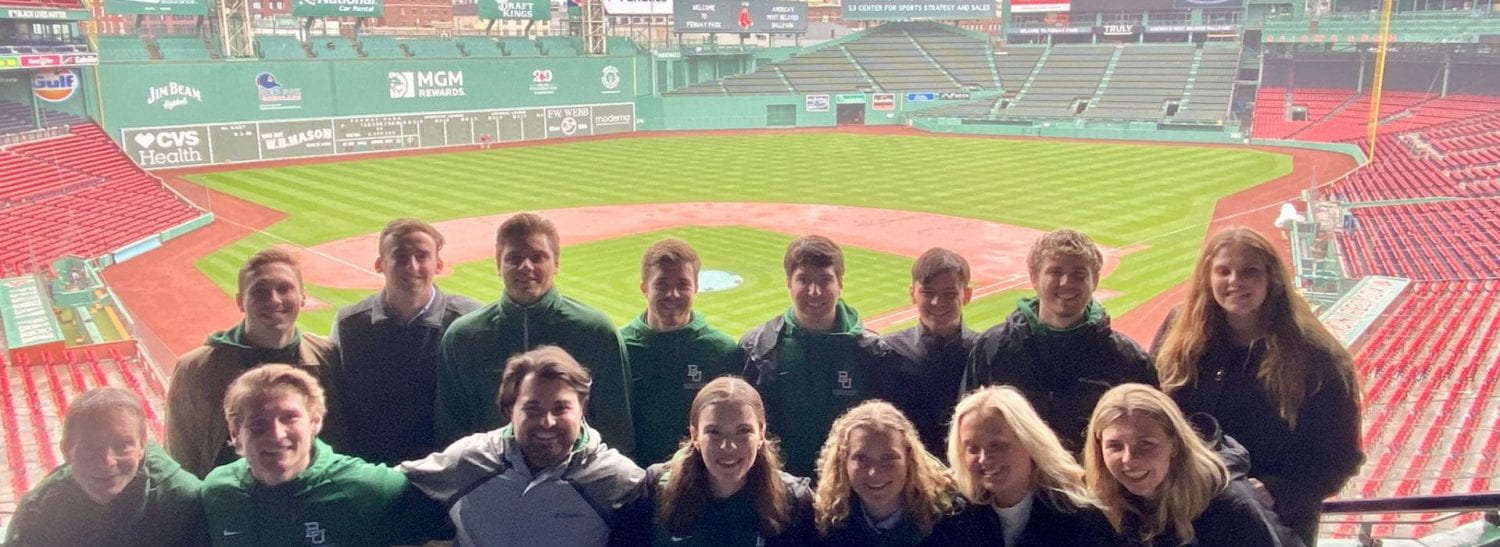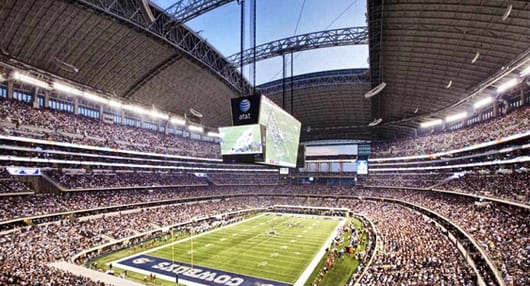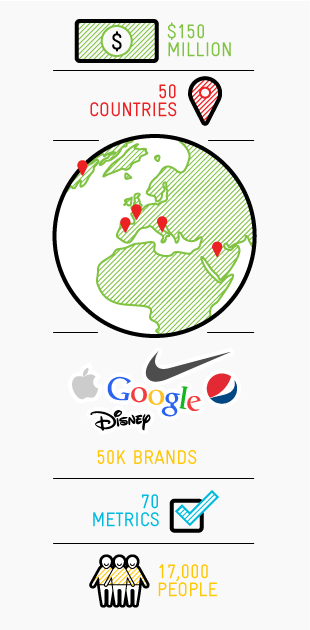by Kirk Wakefield – February 2015
Advertisers for Super Bowl 49, at least I’m pretty sure that’s the number we’re on, collectively set the mark for most depressing ads ever. Sure, Fiat, Doritos, Snickers and Supercell did their best to entertain. These are ads we wouldn’t mind seeing again.
Others, however, must have been reading the same research report that people were tired of having fun at the Super Bowl. What these advertisers didn’t realize is that if people wanted to be preached at on Sunday, they would have gone to church that morning.
Why do people watch the Super Bowl?
People don’t watch the Super Bowl to hear a sermon, or to learn something, or to change the world. All those are good, mind you. But, perhaps as a surprise to Nationwide, people eat upwards of 1.25 billion chicken wings, 11 million pounds of chips and 325 million gallons of beer, principally for the purpose of having fun (see other fun facts here).
Granted, one reason for a slate of fare less geared to fun-loving males, is that the Super Bowl is a great opportunity to reach the largest audience of women (46%) gathered at one time. But, the reason advertisers are willing to shell out $4.5 million per 30 second ad isn’t for the one-time exposure to over 110 million viewers. It’s because, like any other sponsorship, Super Bowl ads offer the opportunity to leverage the ad in activating the brand throughout a broader campaign.
Why did the Super Bowl ads miss?
The three (or four) C’s of communication spell out the reasons.
Conversation
Leveraging Super Bowl ads depends on eWom (electronic Word-of-mouth), as well as traditional water cooler talk (tWct). [ref] Note: No one uses this acronym. But, feel free to start.[/ref] We like to share information with others that makes us feel loved, to be included, and to distinguish ourselves from others [ref]Ho, Jason Y.C., and Melanie Dempsey (2010), “Viral marketing: Motivations to forward online content,” Journal of Business Research, 63 (Sept-Oct), 1000-1006.[/ref]. Although open to future research, my guess is that only the few truly enlightened men will be motivated to share with others their feelings about being a dad and how that relates to their choices of Dove or Nissan.
Even if you have relatively high ad meter marks (i.e., 6.0+), that doesn’t mean people are talking about it. And, although I personally liked the Dove ads, overall, men liked it (6.06) considerably less than females (6.70). Such male/female liking differentials are even larger (e.g., 7.65 vs. 8.50 for the Bud’s top-rated “Lost Dog“) among many of the top 25 ads as rated by USA Today’s admeter.
Cost
If we just take the CPM of ads (~$37), there are plenty of other better targeted programs to reach women that wouldn’t include such incredible amounts of waste (recall: 54% of SB audience is male) and hence require much lower budgets in absolute dollars. Further, the “lean-in” factor for women watching the Super Bowl is questionable; surely, women are interested in watching the game on-screen, but not at the same level of intensity as males not wanting to miss a play.
Congruence & Context
Even if advertisers with somber messages have carefully considered the first two C’s, the two biggest reasons communications of any kind do (not) work have to do with congruence & context. Fundamentally, individuals seek out, process and retain information congruent within the context of the situation. We look for things that fit, because it’s easier to connect in the schema of linkages in our brains. Aside from sports, the Super Bowl is about fun and friends. Our brains are wired to look for entertainment, because that is the context of the situation.
We may use contrast, or surprise, to get people to pay attention. But, we do this at our peril–because surprises can be pleasant or unpleasant. An unpleasant surprise results in disgust or distress. These are usually not good things. In any case, a lack of congruence within the context of the Super Bowl makes it difficult to justify the cost because it becomes more difficult to leverage through ongoing conversations people want to have.










